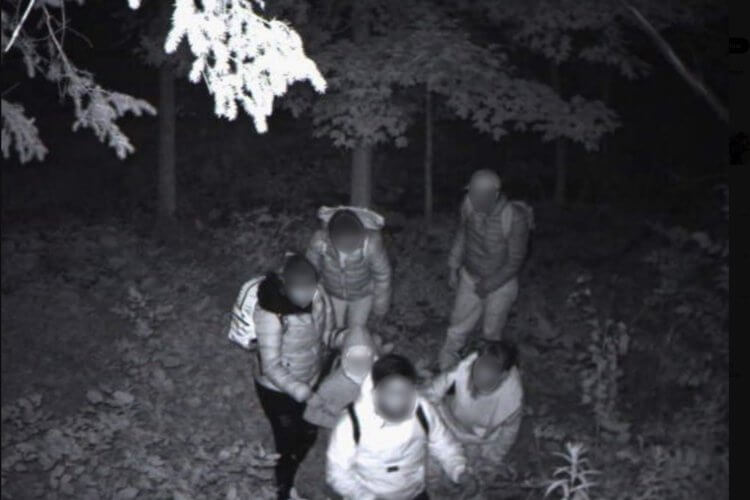By: Bethany Blankley | The Center Square
In fiscal 2023, there were 736 known or suspected terrorists (KSTs) apprehended at the northern and southwest borders, The Center Square first reported.
They represent the greatest number recorded in U.S. history.
A significant majority – 66% – were apprehended at the northern border, 487. By comparison, 249 were apprehended at the southwest border.
The trend continues in fiscal 2024, with KST northern border apprehensions outpacing those at the southwest border by a similar margin.
Fiscal year to date, there have been 144 KSTs apprehended, according to U.S. Customs and Border Protection data last updated Jan. 26.
The majority, 90, were apprehended at the northern border, nearly all at northern border ports of entry.
KSTs are primarily apprehended two different ways by two different federal agents. They are apprehended by Office of Field Operations (OFO) agents working at land ports of entry and by Border Patrol agents working between ports of entry.
At the northern border, the majority of KSTs are apprehended at northern border ports of entry, at the southwest border, the majority are apprehended between ports of entry, according to CBP data.
The Terrorist Screening Dataset is the federal database that contains sensitive information on terrorist identities, CBP said. It originated as a consolidated terrorist watchlist “to house information on known or suspected terrorists but evolved over the last decade to include additional individuals who represent a potential threat to the United States, including known affiliates of watchlisted individuals.”
By comparison, OFO and Border Patrol agents combined apprehended a total of 478 KSTs in fiscal 2022, 173 in fiscal 2021, 199 in fiscal 2020, 541 in fiscal 2019, 357 in fiscal 2018, and 353 in fiscal 2017.
The higher number of northern border KST apprehensions continues as agents working in the busiest northern border CBP sector apprehended more illegal border crossers in fiscal 2023 than they had in the previous 11 years combined.
Swanton Sector Border Patrol agents apprehended more than 6,700 foreign nationals from 76 countries attempting to enter the U.S. illegally from Canada, a 550% increase in apprehensions from fiscal 2022. The sector spans 295 miles of border in northeastern New York, Vermont and New Hampshire.
The U.S.-Canada border is the longest international border in the world of 5,525 miles. Unlike the U.S.-Mexico border, there are no border walls or similar barriers separating the U.S. from Canada. Most of the northern border is demarcated by rivers, lakes, mountains, ravines and forests. While many miles of the remote northern border remain unpatrolled due to a number of factors, agents at ports of entry consistently apprehend the most KSTs.
KST apprehensions there continue to increase after U.S. Sen. John Barrasso, R-Wyoming, sounded the alarm last fall, saying, “It is painfully clear that with Joe Biden’s open border policies, our country is really at an increased threat for a terrorist attack.”
Barrasso did so on the same day FBI Director Christopher Wray testified before the Senate about terrorist threats facing Americans. Wray said the FBI was conducting multiple investigations into Hamas-related threats in the U.S. after the Oct. 7 attack on Israel.
He also expressed concern about “The world’s largest state sponsor of terrorism, the Iranians, for instance, have directly, or by hiring criminals, mounted assassination attempts against dissidents and high-ranking current and former U.S. government officials, including right here on American soil.”
More than a month after he spoke, northern border agents apprehended an Iranian with terrorist ties. Retired FBI officials also warned Congress last week that a terrorist attack was likely imminent and preventable.
U.S. Sen. Ron Johnson, R-Wisc., who posted a copy of their letter on X, said it “describes the chilling reality of why the president’s open border is a clear and present danger to America.”
Related Story: Northern Border Sector: Agents Apprehend More Illegal Crossers in Fiscal ’23 Than Previous 11 Years Combined










